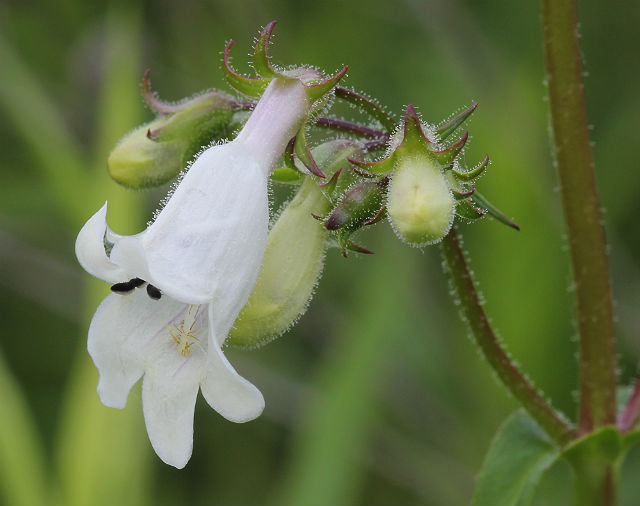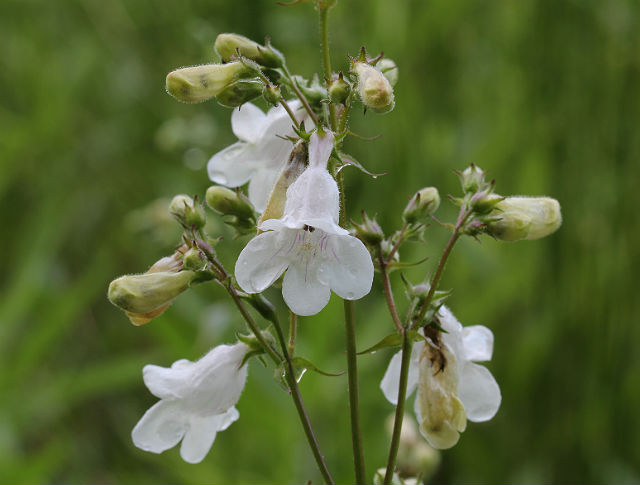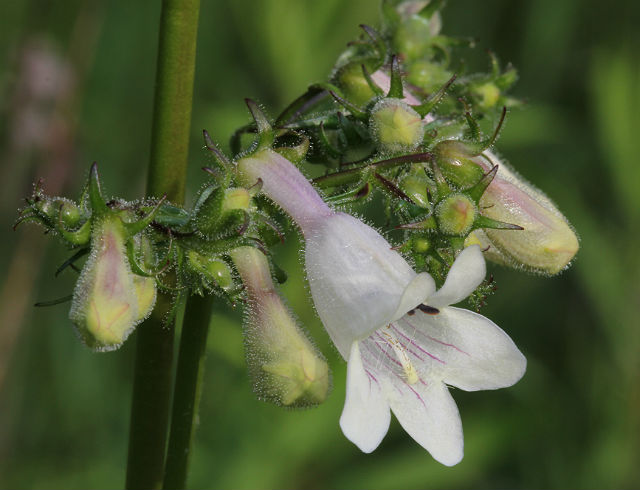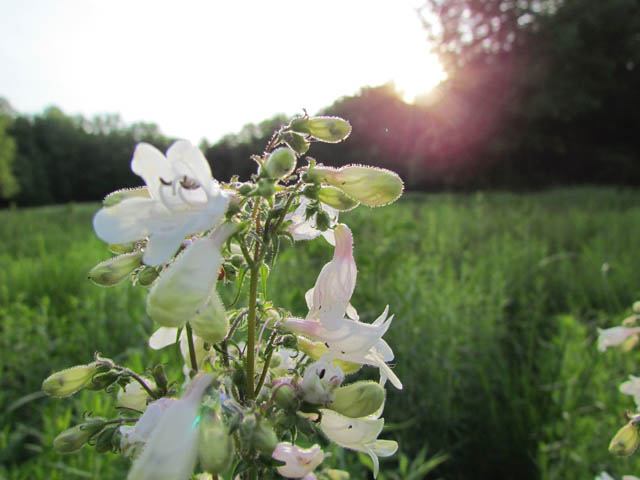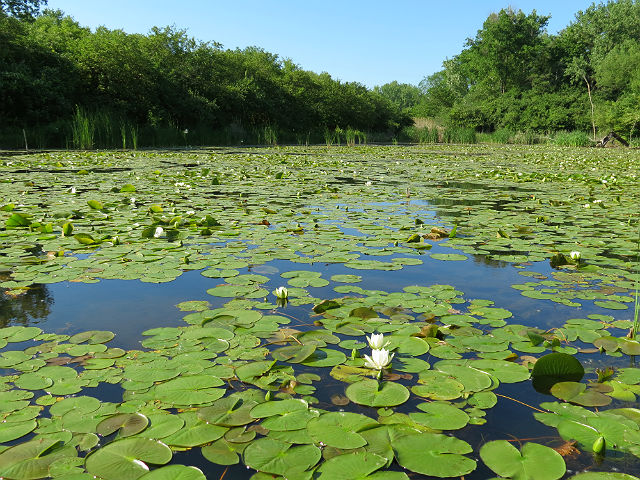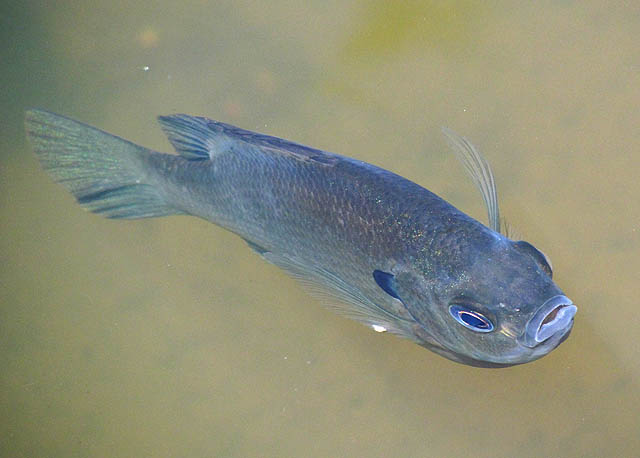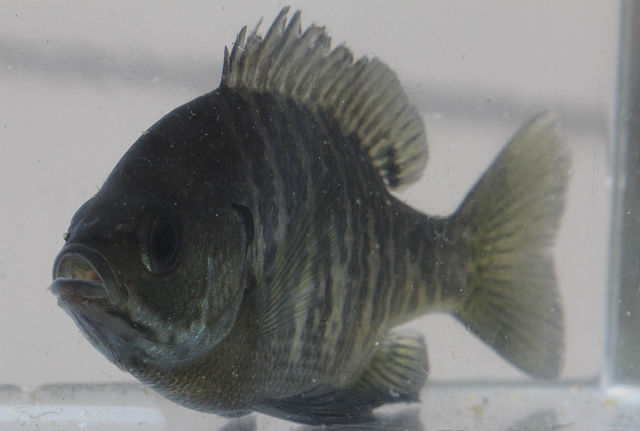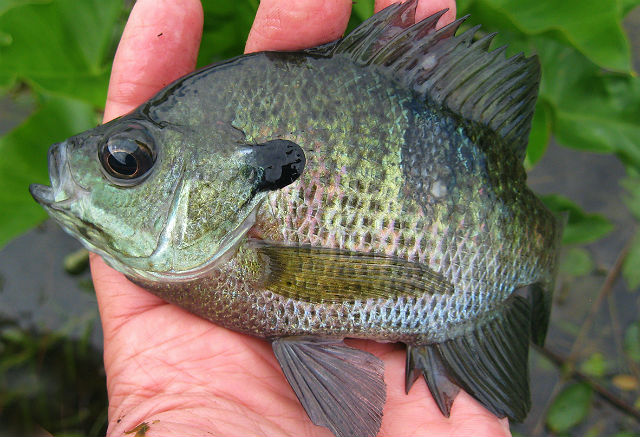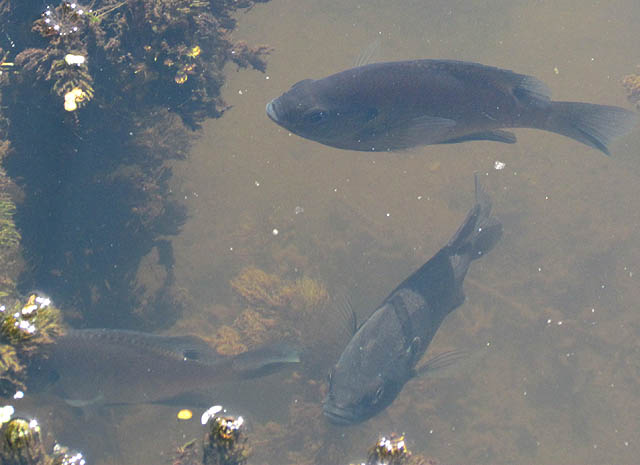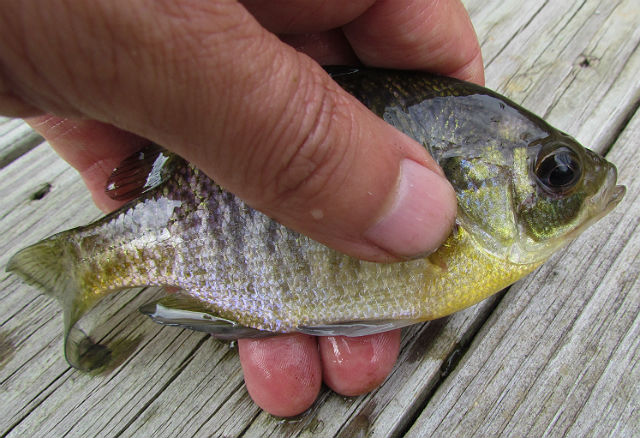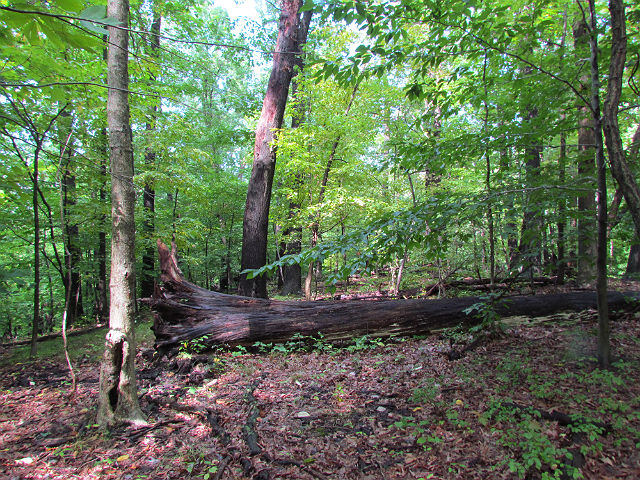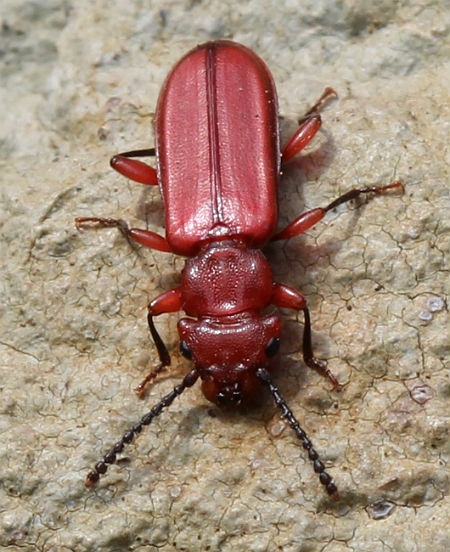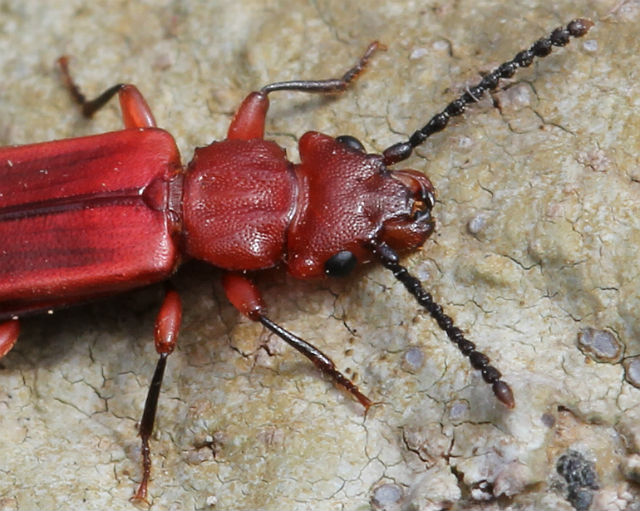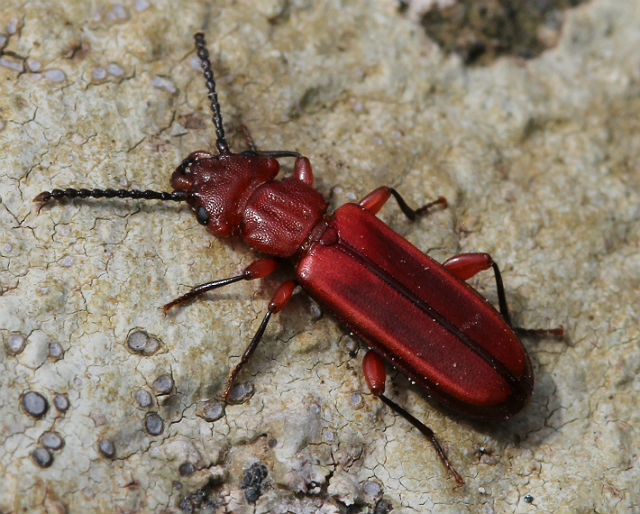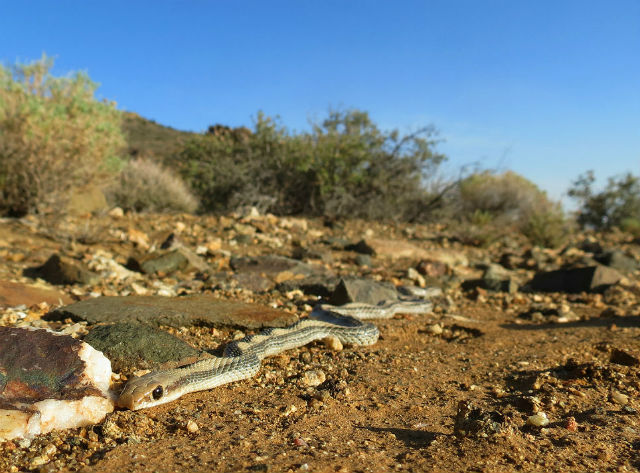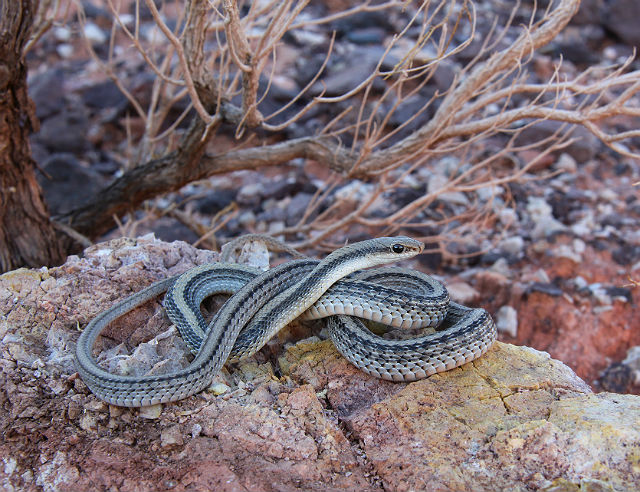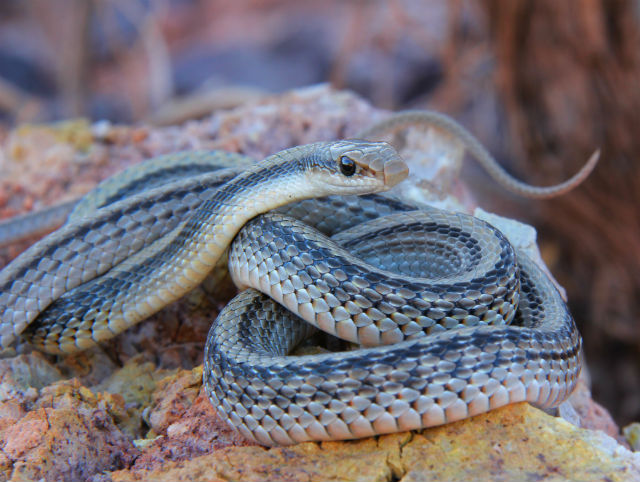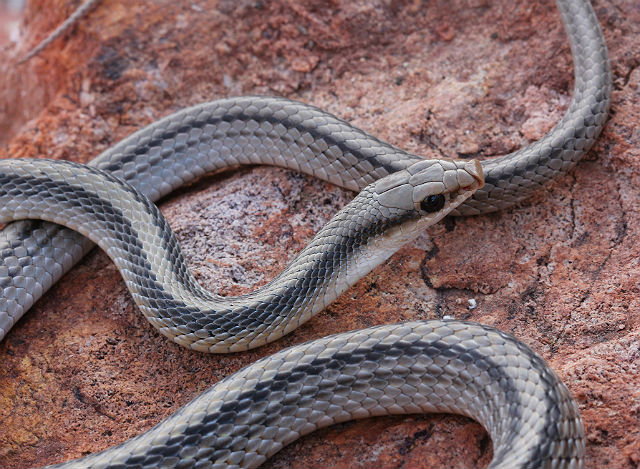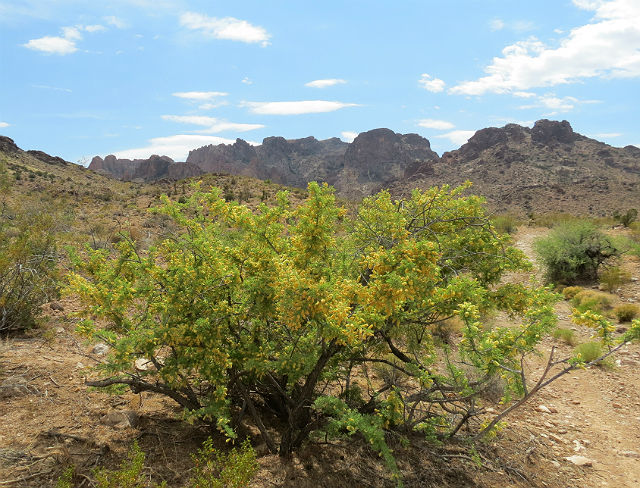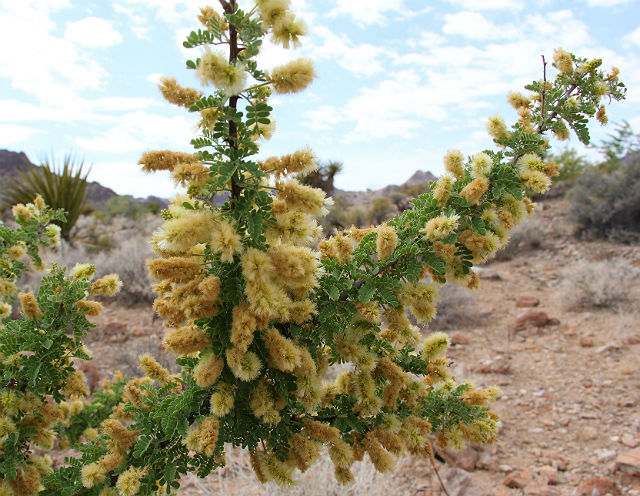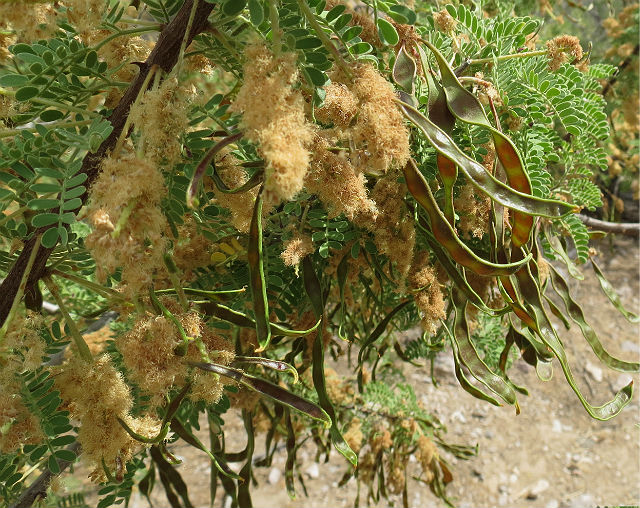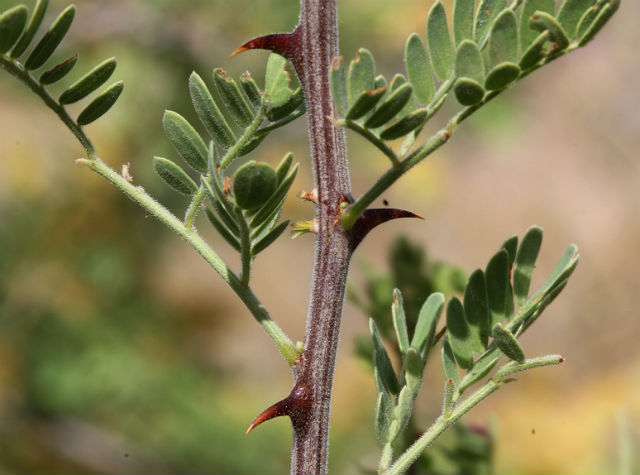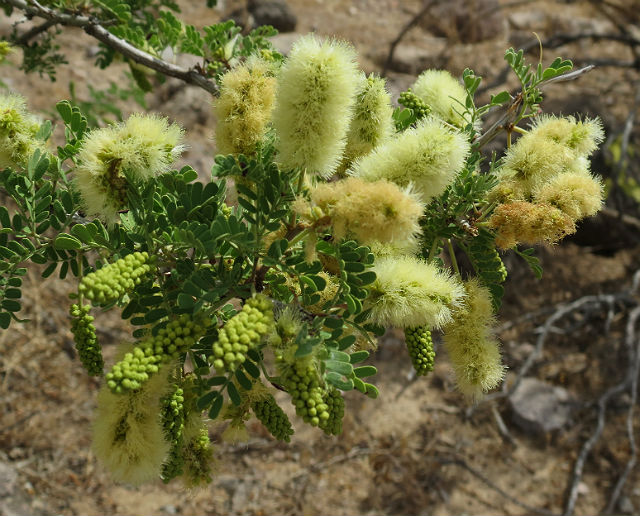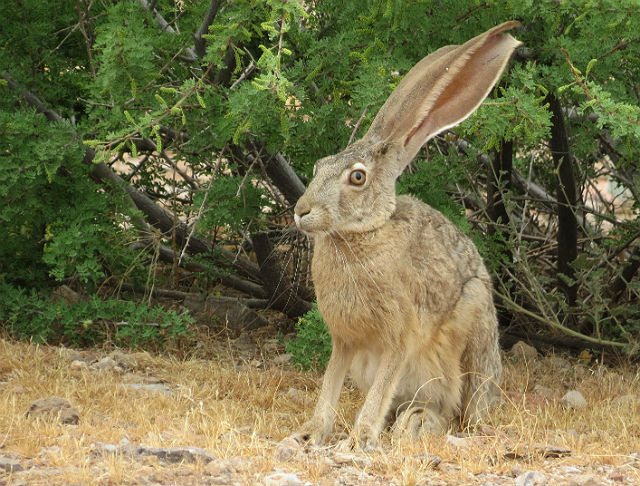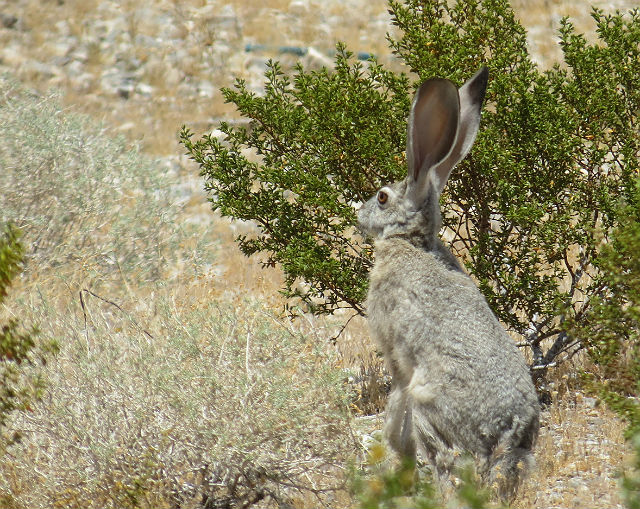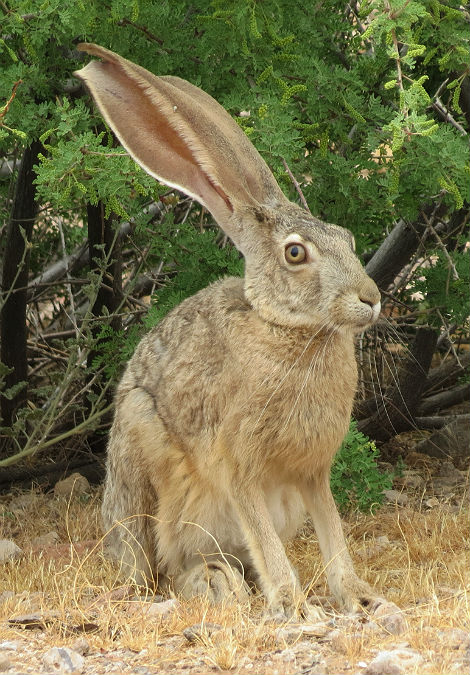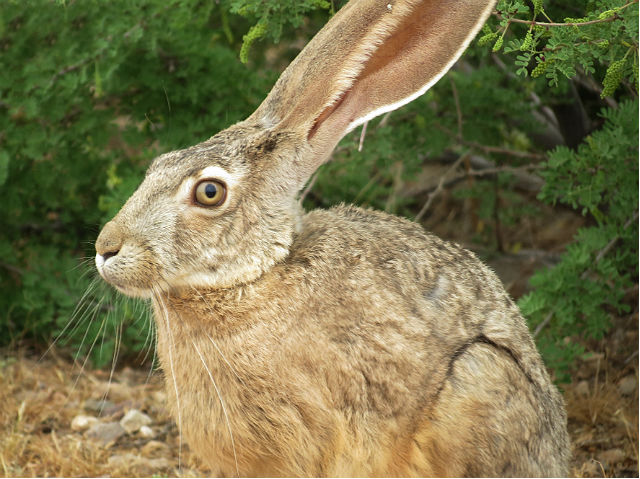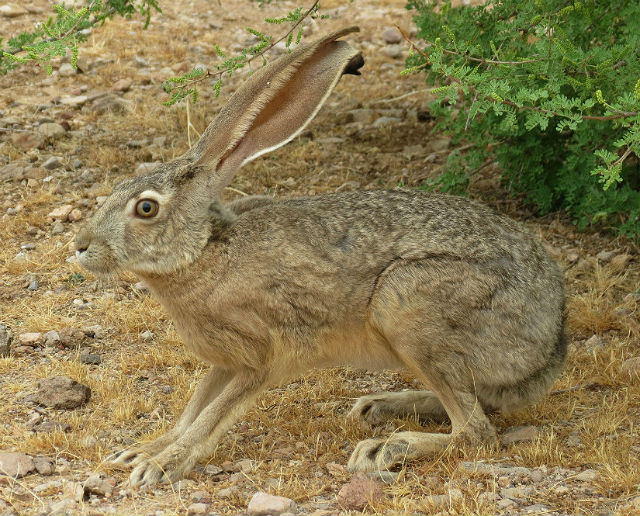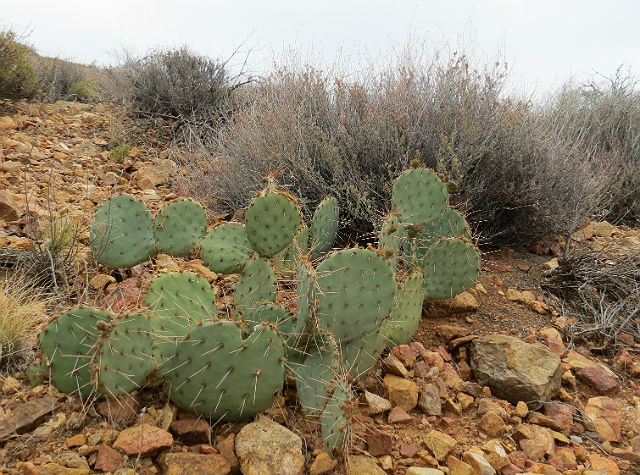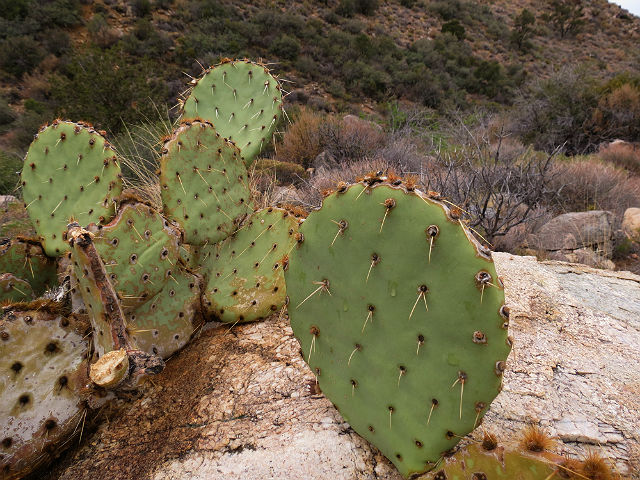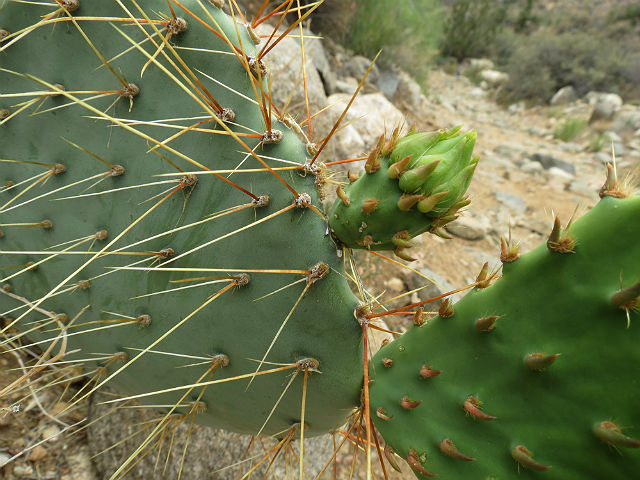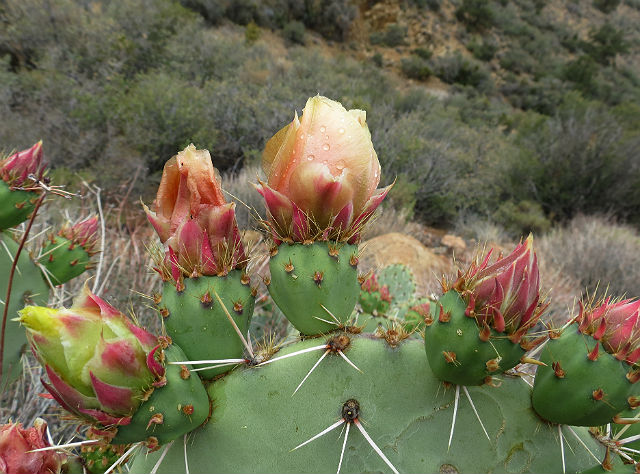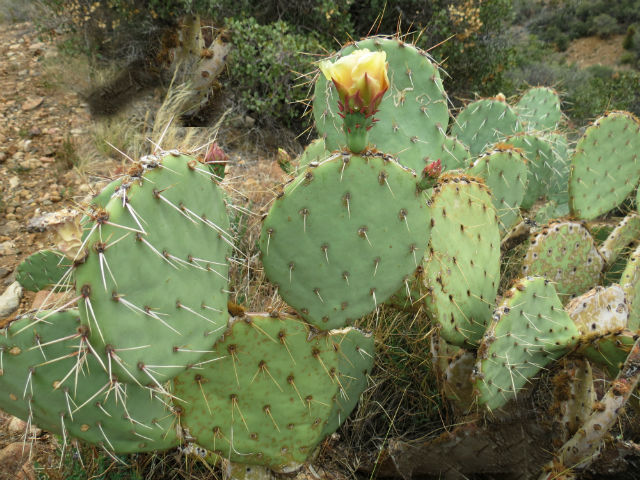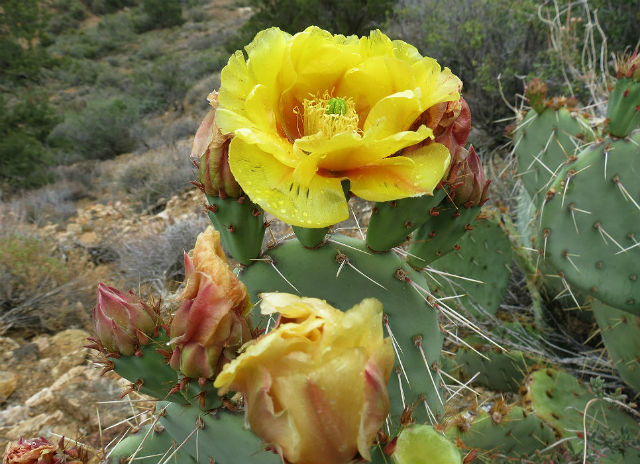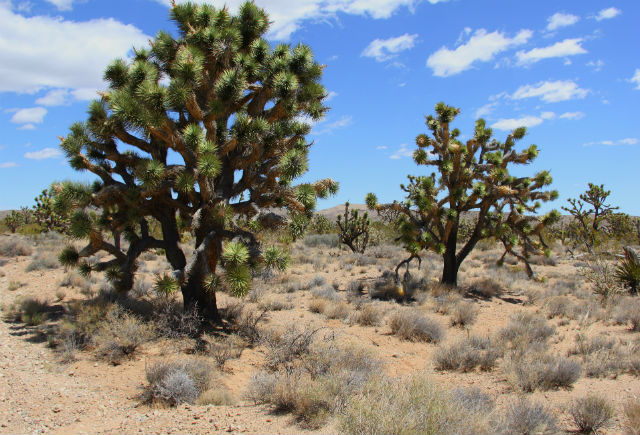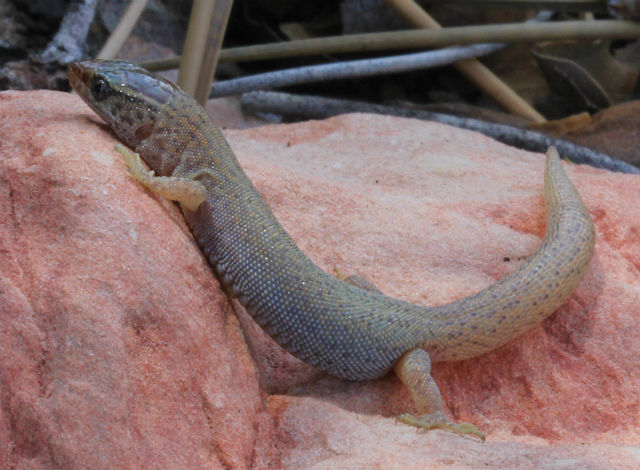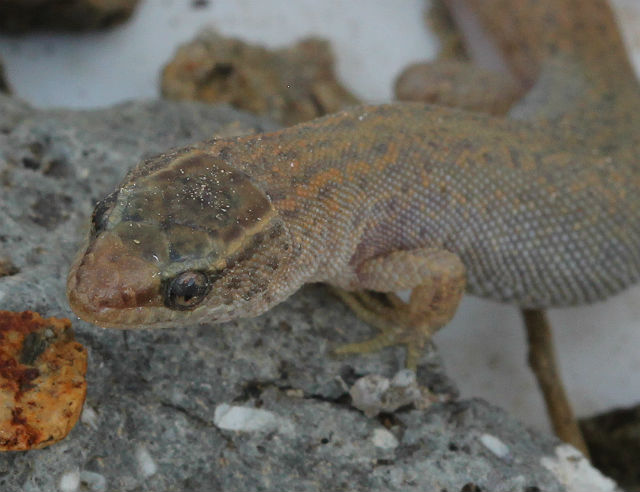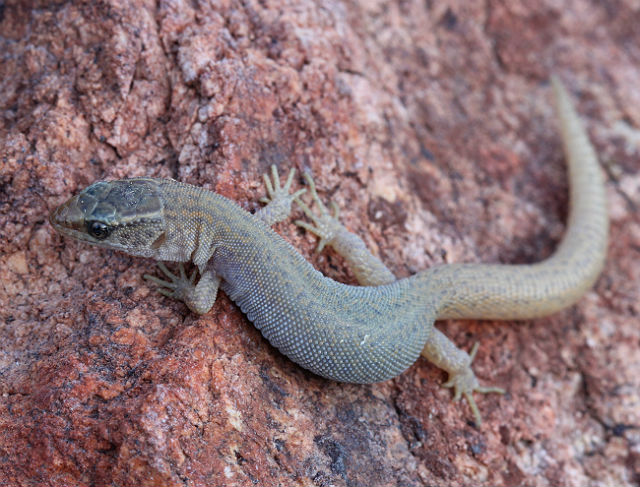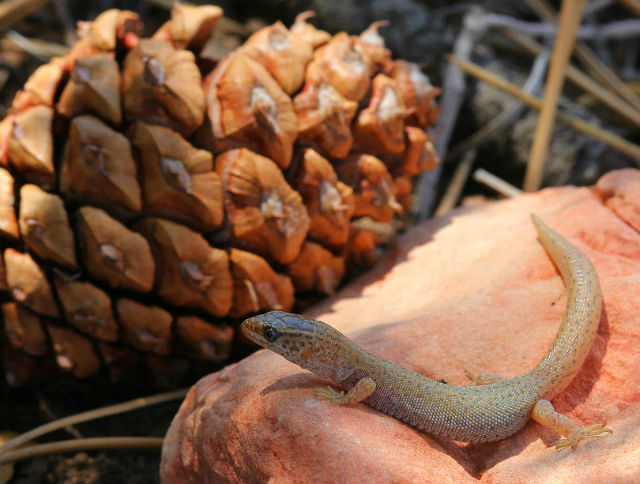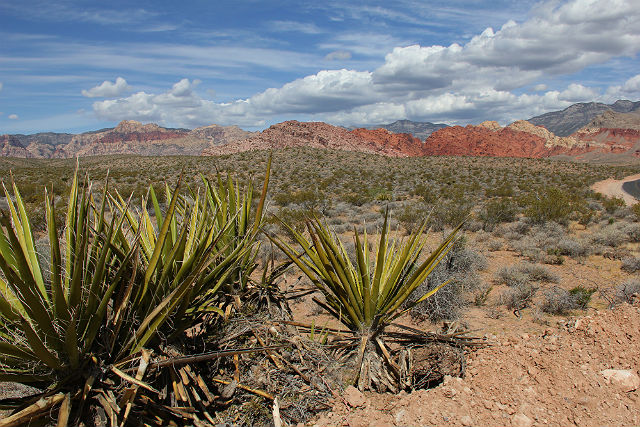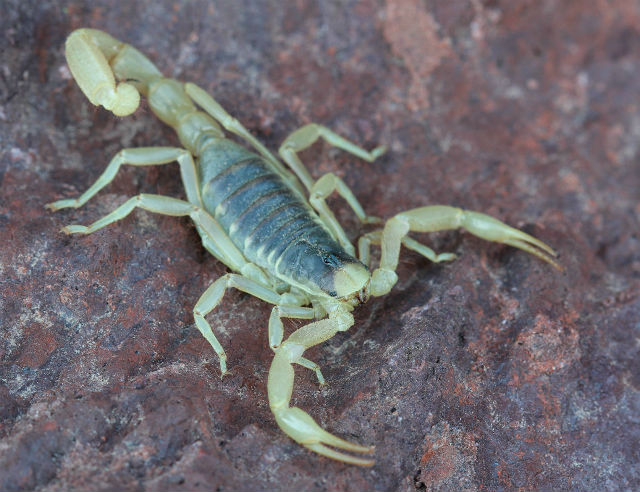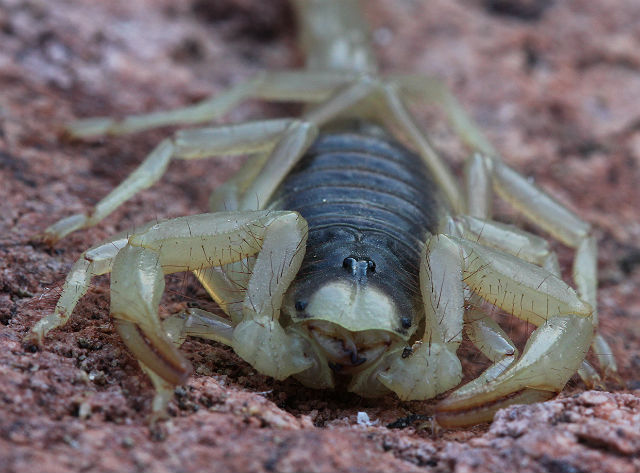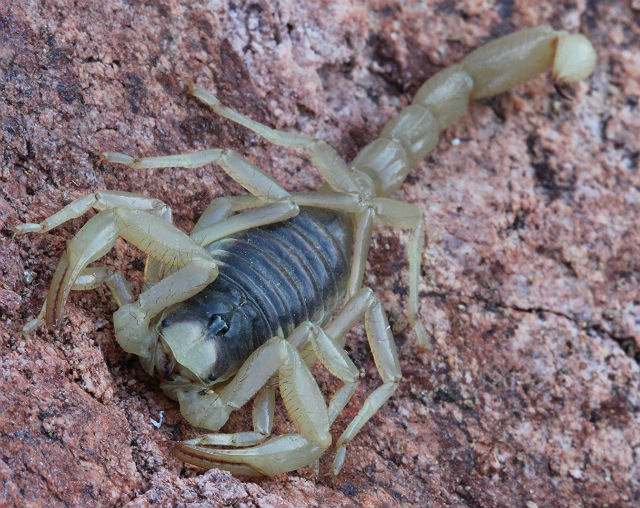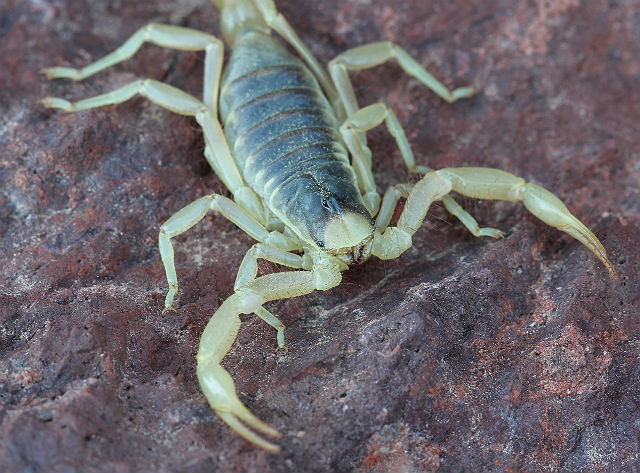
The Eastern Garter Snake is one of our most common and wide-ranging snakes. Adults are typically 2-3 feet long. Most individuals can be identified by the presence of three yellow stripes down a dark body. Some, however, exhibit a checkered body pattern with light stripes and a grayish or reddish body color.
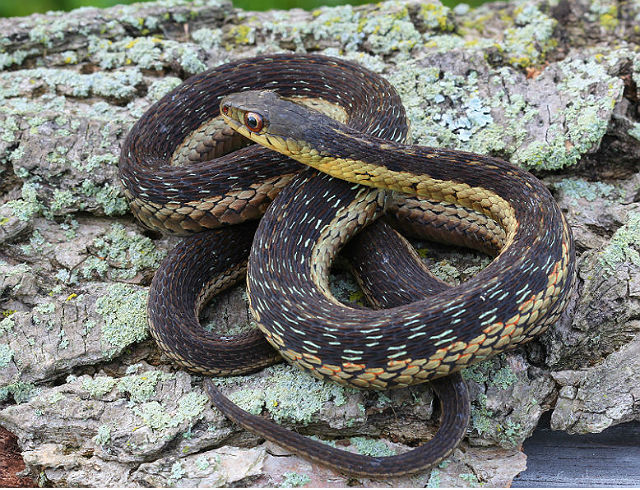
These snakes derive their name from the resemblance of their dark stripes to old-fashioned sock garters. They tend to prefer moist, grassy environments and are often found near water, such as at the edges of ponds, marshes, streams, wet meadows, weed patches, farms and forests.

Garter snakes are very active, and can be found day or night, though they’re most active during the day. They are usually seen among vegetation. They are often discovered basking on wood piles, stone walls, hedges and rocks.
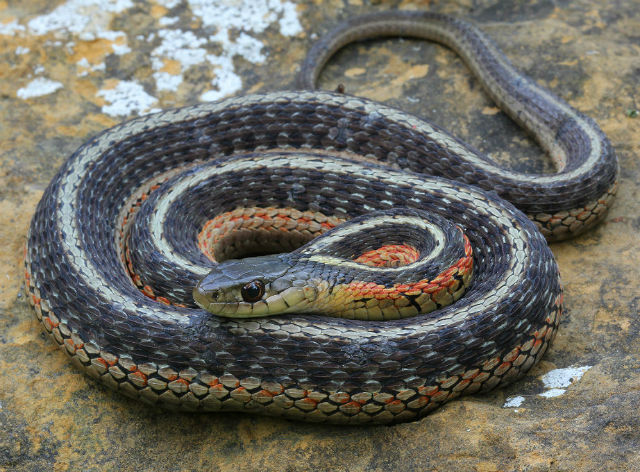
Part of the recipe for this reptile’s success is the large variety of foods it eats including: frogs, toads, salamanders, earthworms, fish, tadpoles, mice, slugs, crayfish, leeches and insects.
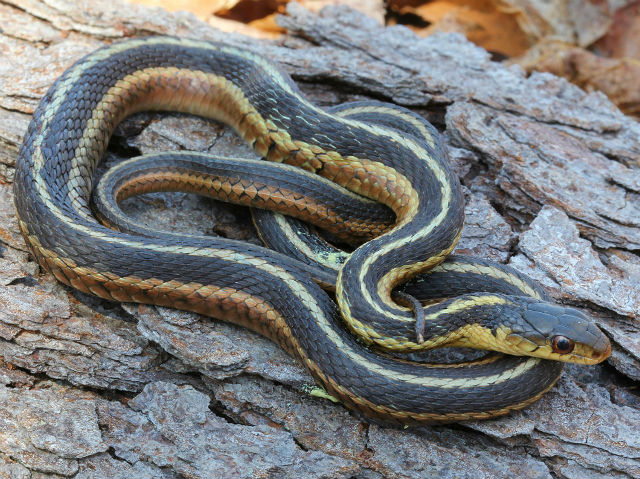
Eastern Garter Snakes mate from late March to early May. Sometimes when several males find a female at the same time, they form a “breeding ball.” A breeding ball is when snakes wrap themselves around each other, trying to mate.
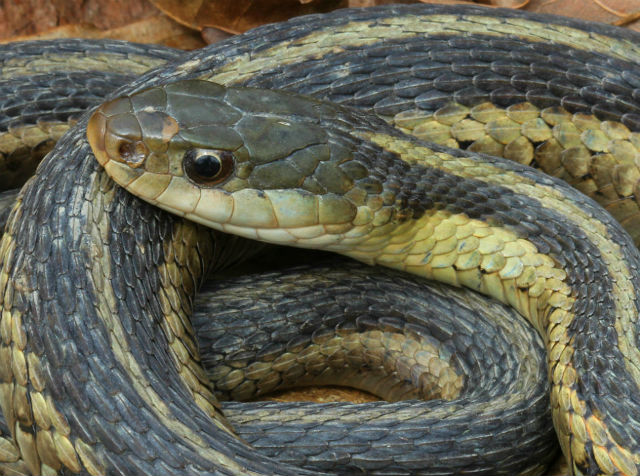
In April I observed these two males courting a female. Adult females are typically much larger than adult males. Eastern Garter Snakes give live birth to offspring, rather than laying eggs.
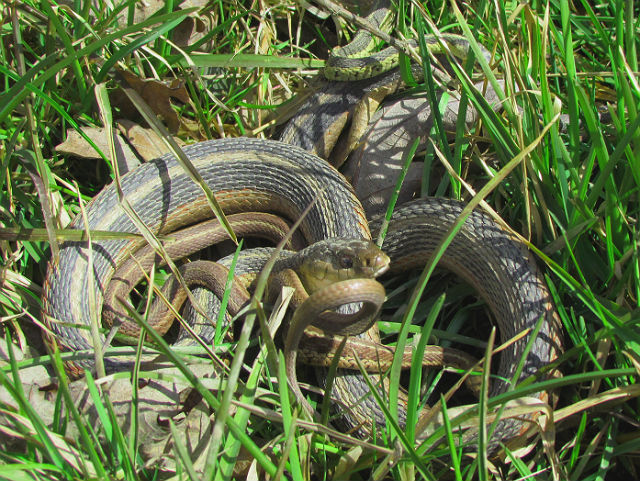
They are the first snakes to become active in Spring and have even been seen crawling over snow. If attacked, a garter snake will release a bad-smelling odor called musk. This deters some of their predators.
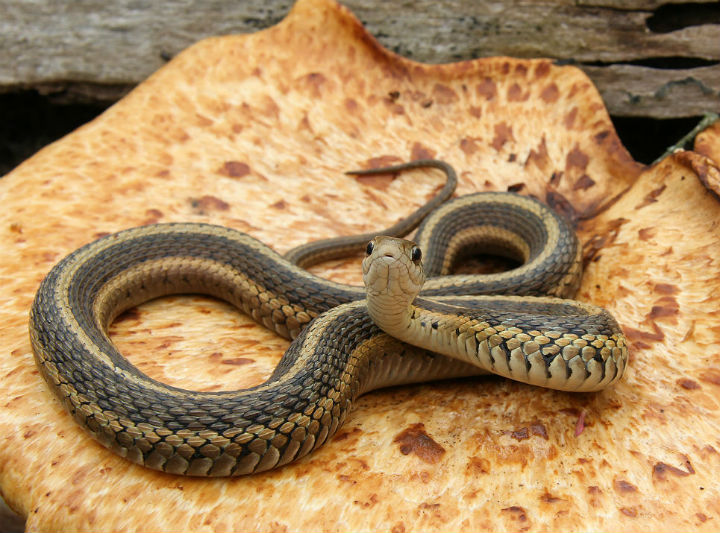
In Northwest Ohio we have a population of all-black Eastern Garter Snakes, a morph which adds to their impressive array of colors and patterns. Here’s one that I found a couple of weeks ago.
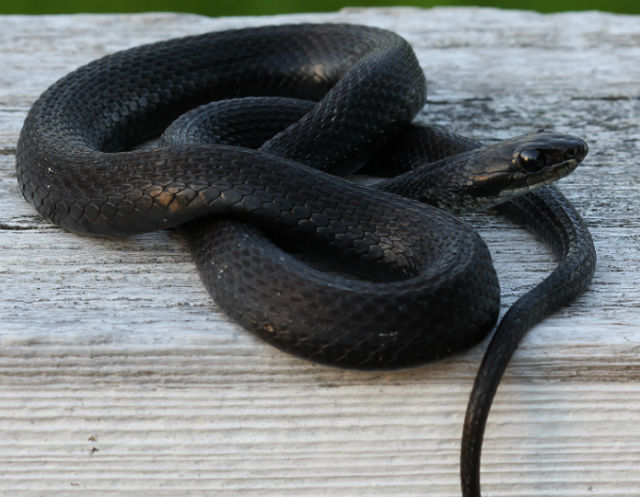
Though common, the variability in their colors and patterns makes each encounter with one of these snakes a pleasant one.
Third Eye Herp
E-mail


